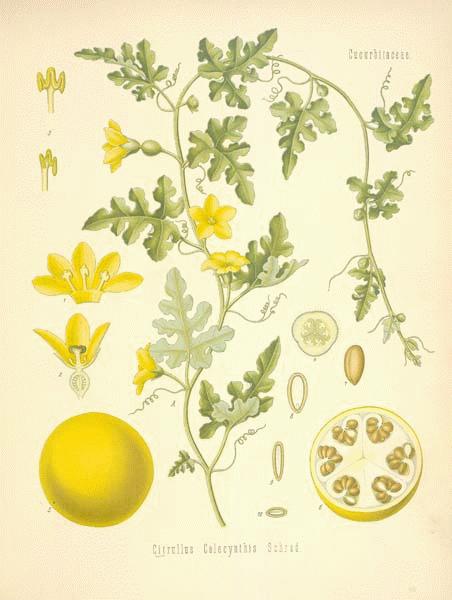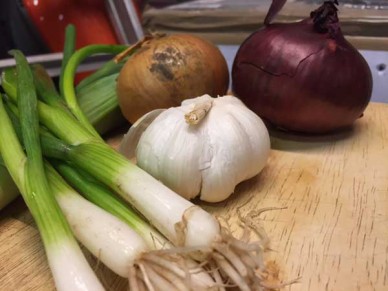Celery – this popular bitter herb grows to 10 in.with succulent, semi-circular stems and bright green, aromatic leaves. All the parts are edible. The seeds are a diuretic and help eliminate toxins that aggravate gout and arthritis. The juice from the whole plant is said to be good for bladder infections.

Dandelion – one of the bitter herbs, a perennial flower often seen as a weed, it produces a flat rosette of bright green leaves from a big, fleshy taproot. Sticky, white sap is used to remove warts. Dandelion coffee is a detoxicant, said to be good for kidneys and liver.

Dill – an annual herb that grows to 3 ft, and looks very much like fennel with its threadlike, feathery blue-green leaves. Seeds are used ground or whole in cooked dishes and tea is also made from the seeds.

I am learning as i read thru these, hopefully others also.

Dandelion – one of the bitter herbs, a perennial flower often seen as a weed, it produces a flat rosette of bright green leaves from a big, fleshy taproot. Sticky, white sap is used to remove warts. Dandelion coffee is a detoxicant, said to be good for kidneys and liver.

Dill – an annual herb that grows to 3 ft, and looks very much like fennel with its threadlike, feathery blue-green leaves. Seeds are used ground or whole in cooked dishes and tea is also made from the seeds.
I am learning as i read thru these, hopefully others also.






